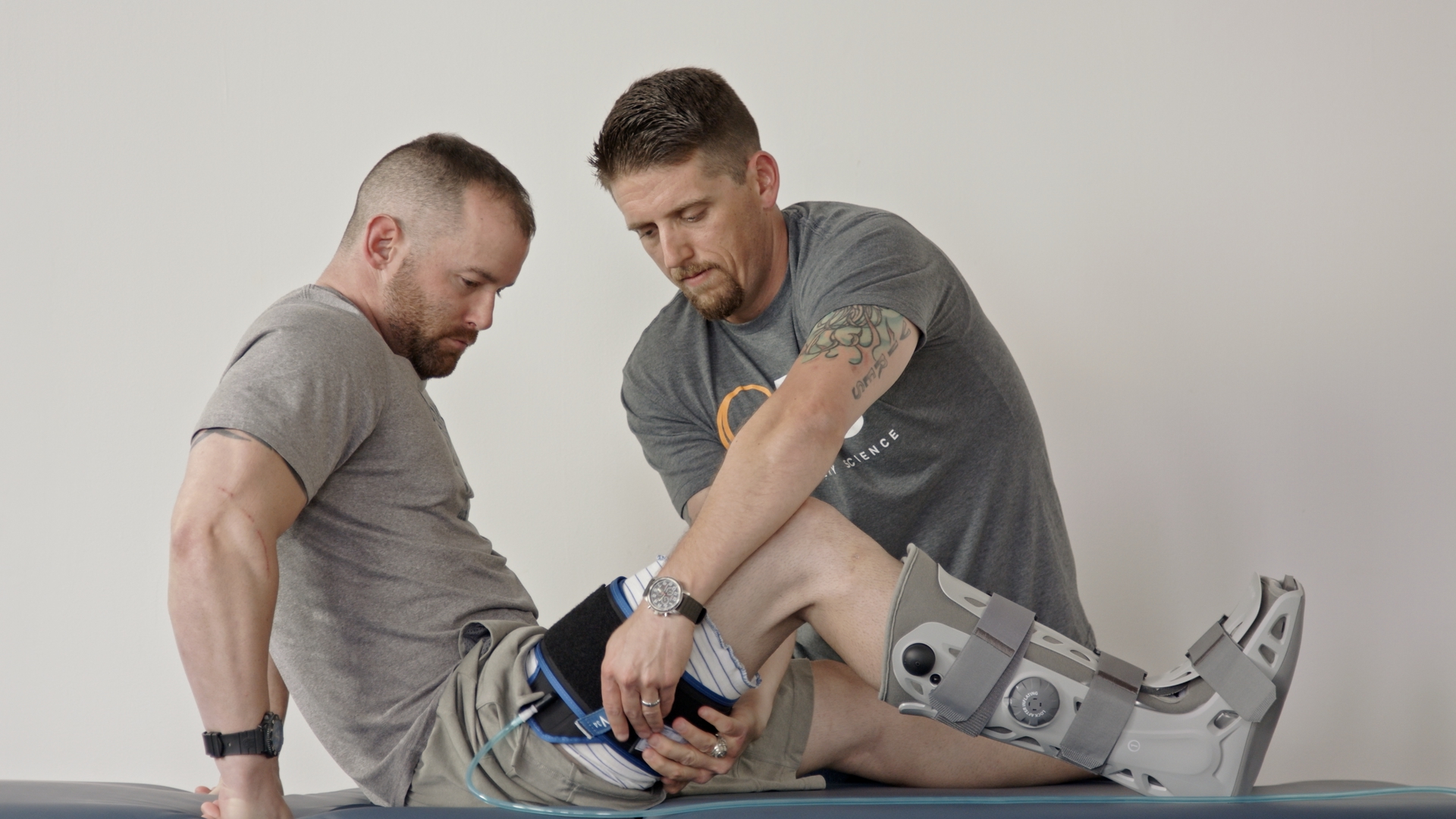This paper covers a study on ischemic preconditioning to improve cycling performance. Learn more about the findings below. For those of you that are unfamiliar with Ischemic Preconditioning (IPC), it involves the use of brief bouts of ischemia and reperfusion to elicit effects on a local or remote target tissue. It has been used in studies to target improvements in performance (Patterson 2015, Griffin 2018, Jean-St-Michael 2011) and recovery from high intensity exercise bouts (Beaven 2012, Page 2017, Franz 2018).
In a recent systematic review by Incognito et al, the results of IPC on performance outcomes were found to be inconsistent. (Incognito 2016) One of the proposed ideas for inconsistent results is that there may be responders and non-responders. Another potential reason for variability in the results is lack of control across populations or research methods. "In addition to potential differences in IPC responsiveness, it is difficult to compare results between studies as participant characteristics (e.g., sex, training status) and study methods (e.g., exercise mode, pre-study restrictions, IPC protocol) differ widely." Many of the early IPC studies (which seem to be pretty effective) were performed on animals and involved clamping of an artery to create the bouts of ischemia. In the studies that have been done on humans, most of the studies use 200 or 220 mmHg for the "occlusive" stimulus. If you've been using BFR in the clinic, you know that 200 or 220 would be full occlusion for some, but not all individuals. The use of potentially sub-occlusive pressure may help explain the responder versus non-responder phenomenon.
Cheung et al may have helped to address this gap in the literature by publishing the first IPC paper (that we know of) using personalized occlusion pressures. (Cheung 2019) Cheung et al used a within subject design to compare the application of IPC versus a sham and a control condition on cycling performance. IPC was applied for 4 sets of 5 minutes occlusion and reperfusion, alternating between legs. "Inflation was controlled by a personalized tourniquet system (PTSii Delfi Medical Innovations Inc., Vancouver) set to the individualized lowest effective limb occlusion pressure (191 ± 20mmHg). Limb occlusion pressure was determined by using the built-in feature of the personalized tourniquet system immediately prior to beginning IPC, with each subject in the supine position." For the sham treatment, they applied a sham therapeutic ultrasound which could be set up to appear as though it was running but only the timer was enabled. As the authors pointed out, it's probably easier to figure out that a cuff with no pressure is a sham treatment. Finally, the control condition involved participants laying supine for 40 minutes. An interesting addition to the study was the use of a visual analog scale for participants to rate how the treatment would affect their performance relative to the control. "Data on participant expectations revealed that 69% (11/16) of participants believed the IPC performance would be hindered compared to the control; whereas the SHAM ultrasound would improve performance." "The major finding of the current study was that performing IPC immediately prior to incremental cycling exercise improved time-to-exhaustion (TTE) in comparison to both a traditional control and deceptive sham, despite participants’ performance expectations anticipating the contrary."
This study supports the idea that IPC can be used prior to competition for improving performance or time to exhaustion. There are still a lot of questions about the mechanisms of IPC and what the optimal protocol would be. This was the first study to use personalized occlusion pressure and it was effective despite participant expectations, so it seems that future research needs to further explore the use of personalized pressure with IPC. Ensuring participants receive an occlusive stimulus may reduce the number of non-responders.
- Beaven, Christopher Martyn, et al. “Intermittent Lower-Limb Occlusion Enhances Recovery after Strenuous Exercise.” Applied Physiology, Nutrition, and Metabolism = Physiologie Appliquee, Nutrition et Metabolisme, vol. 37, no. 6, Dec. 2012, pp. 1132–39.
- Cheung, Christian P., et al. “Ischemic Preconditioning: Improved Cycling Performance Despite Nocebo Expectation.” International Journal of Sports Physiology and Performance, Human Kinetics, June 2019, pp. 1–22.
- Franz, Alexander, et al. “Ischemic Preconditioning Blunts Muscle Damage Responses Induced by Eccentric Exercise.” Medicine and Science in Sports and Exercise, vol. 50, no. 1, Jan. 2018, pp. 109–15.
- Griffin, Patrick J., et al. “Ischemic Preconditioning Enhances Critical Power during a 3 Minute All-out Cycling Test.” Journal of Sports Sciences, vol. 36, no. 9, May 2018, pp. 1038–43.
- Incognito, Anthony V., et al. “The Effects of Ischemic Preconditioning on Human Exercise Performance.” Sports Medicine , vol. 46, no. 4, Apr. 2016, pp. 531–44.
- Jean-St-Michel, Emilie, et al. “Remote Preconditioning Improves Maximal Performance in Highly Trained Athletes.” Medicine and Science in Sports and Exercise, vol. 43, no. 7, July 2011, pp. 1280–86.
- Page, Will, et al. “The Effect of Intermittent Lower Limb Occlusion on Recovery Following Exercise-Induced Muscle Damage: A Randomized Controlled Trial.” Journal of Science and Medicine in Sport / Sports Medicine Australia, vol. 20, no. 8, Aug. 2017, pp. 729–33.
- Patterson, Stephen D., et al. “The Effect of Ischemic Preconditioning on Repeated Sprint Cycling Performance.” Medicine and Science in Sports and Exercise, vol. 47, no. 8, Aug. 2015, pp. 1652–58.


